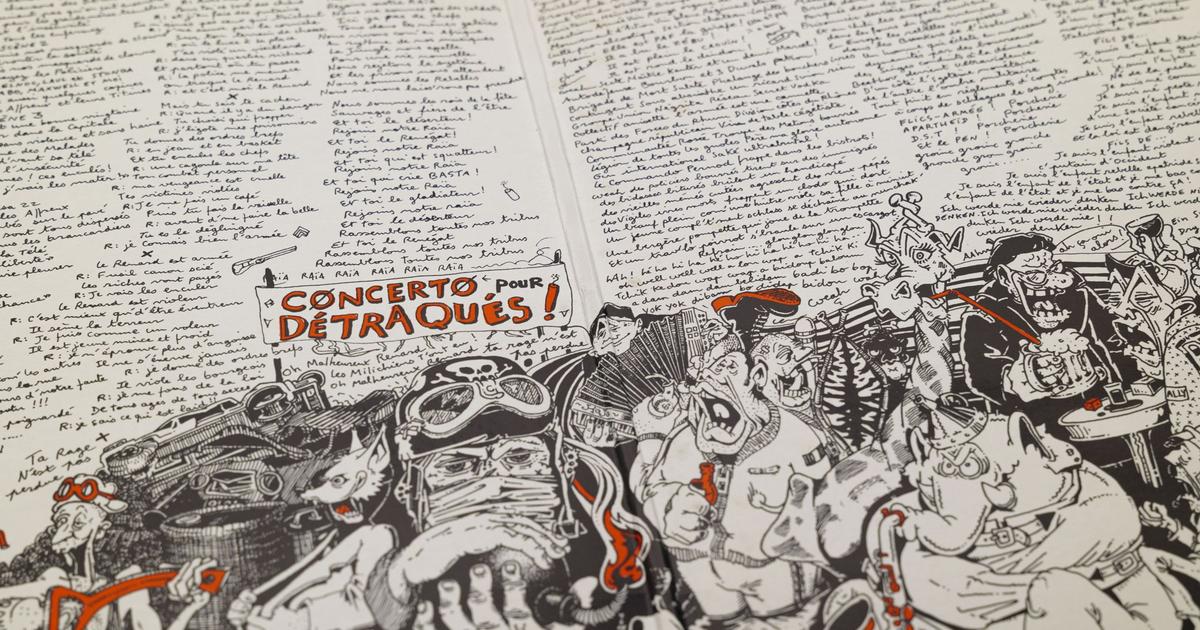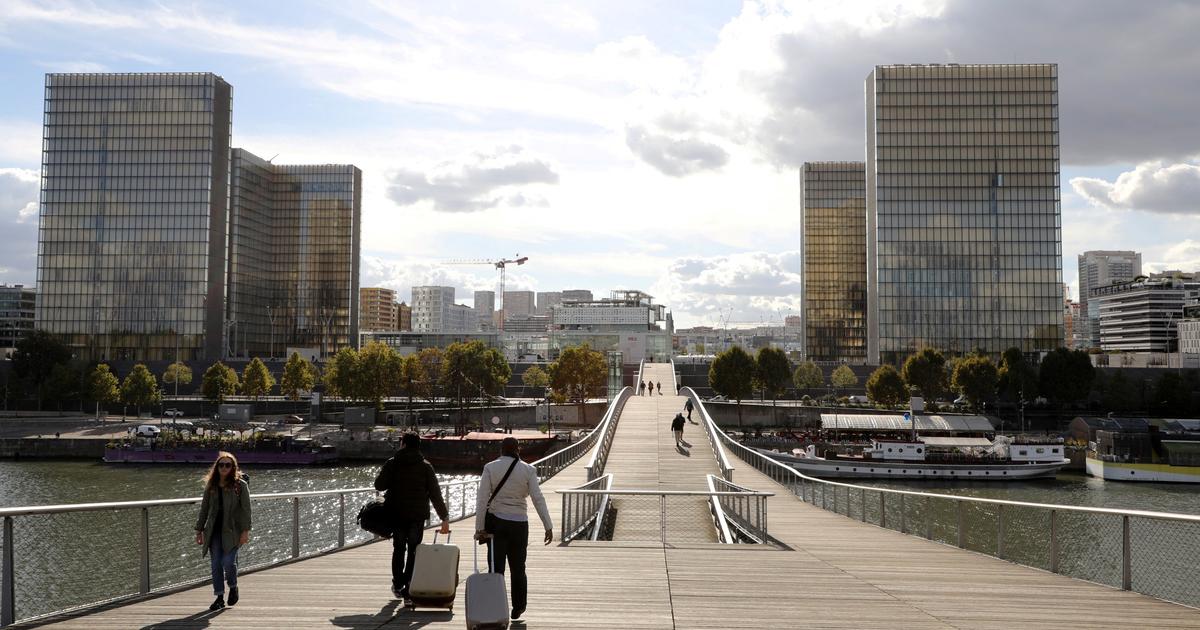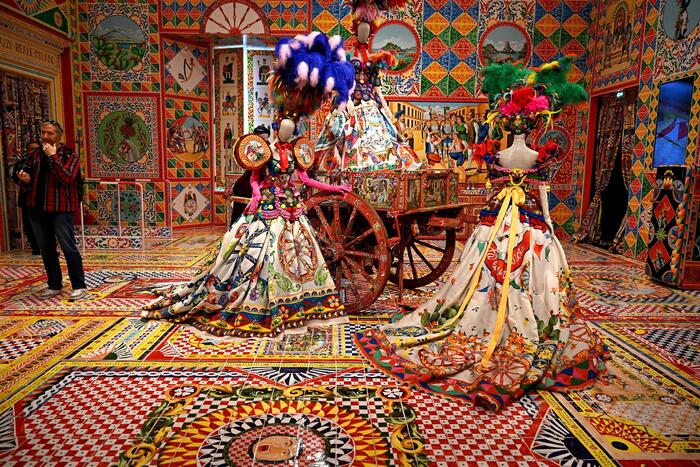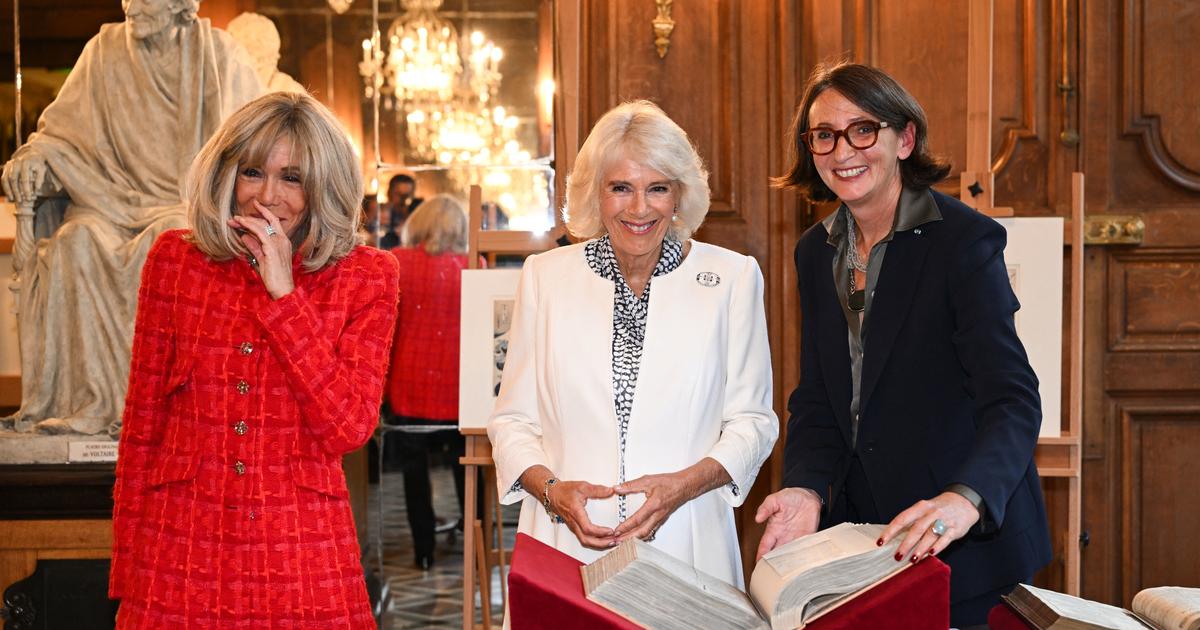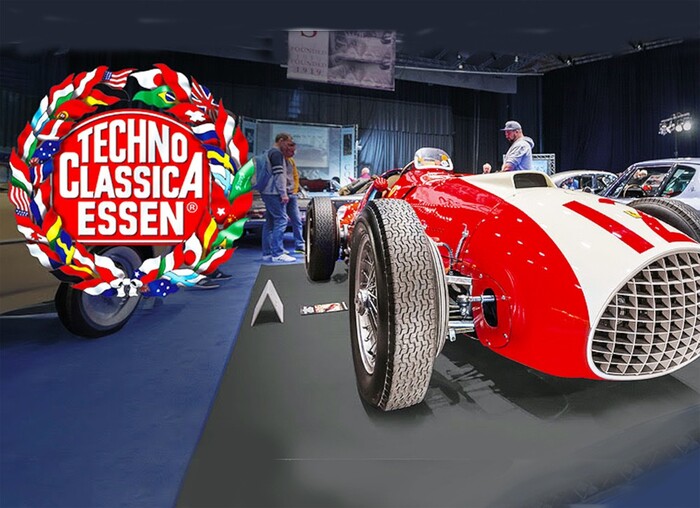While the workers, the ladders, the cans of paint are still visible, this end of September, two of the three curators of the Proust exhibition are waiting for us firmly.
Antoine Compagnon, from the Académie française, professor emeritus at the Collège de France, great Proustian and Guillaume Fau, chief curator, will, for two hours, perform a high-flying score in which humor will combine with erudition the most extreme.
” READ ALSO – Antoine Compagnon: “These pages of Proust are overwhelming”
A few talking numbers.
For the fourth exhibition devoted to Proust by the BnF (after those of 1947, 1965 and 1999, a record), it took three years of work.
Three weeks to install some 370 pieces (manuscripts, photos, paintings, dresses, furniture, posters, etc.) over 750 square meters.
The National Library of France, which has the largest Proust collection in the world (same thing for Zola and Hugo) will offer the public some of the pieces acquired in recent years: the rough draft books from the Jacques Guérin collection, acquired in 1983;
the 1906 diary purchased in 2013, the "seventy-five sheets" transmitted by the bequest of Bernard de Fallois in 2020 and the copy on fine paper of the original edition of Du Côté de Chez Swann, with a long dispatch to Marie Schikevitch, acquired by public subscription in 2021.
"Never in the past have so many manuscripts of In Search of Lost Time been shown, never had their role and importance in the genesis of each of the novel's main episodes been demonstrated and illustrated on this scale. .”
say the curators of the exhibition.
“When Proust crosses out a passage, that does not mean that he wishes to withdraw it but to move it.
When he no longer wants it he writes by hand ''deleted''"
Antoine Compagnon, professor emeritus at the College de France
This literary walk is articulated in ten sequences.
Each of the rooms is devoted to one of the seven volumes of La Recherche, from Du Côté de Chez Swann to Le Temps Regained, published five years after Proust's death, passing through the different parts of Sodom and Gomorrah.
In the opening, under the gaze of Proust painted by Jacques-Émile Blanche, the famous incipit: "For a long time, I went to bed early."
And to close this journey, the last words written: "In Time."
which complete the vast Romanesque cathedral.
From this set, 35 sequences or episodes have been retained, punctuating this unprecedented dive into the writer's “central laboratory”.
Among them, the evening kiss;
the small madeleine (which at first was a simple piece of stale bread, then a rusk!);
the death of the grandmother;
the appearance of the Baron de Charlus, the Vinteuil septet, Albertine's flight, Venice, the “bal de têtes”…” It should be remembered that at the start, “Proust only envisaged two volumes, specifies Antoine Compagnon.
Time Lost and Time Found.
And then there was a third and a fourth…”
Paperoles, boards, notebooks...
Each room has its own color.
While the room devoted to Young Girls in Flower is bright, the one that evokes the writer's death is small and dark: "We wanted it to stop at a dead end, specifies Antoine Compagnon, but for reasons of security we had to give it up!”
The “Sodom and Gomorrah” room which represents “our world”, the “underground hidden places” is also darker than the first ones.
The spectacular manuscripts of Proust are at the heart of the device.
We see in particular on the picture rails the famous “paperoles”, his additions written on sheets of paper glued and folded in accordion in notebooks blackened with ink, and which can reach 2.5 meters in length.
They are displayed here between the manuscripts, typescripts, plates, "cupboards", notebooks, extracts from notebooks, saturated with repentances, deletions, additions.
We will discover, under glass, the longest handwritten sentence of La Recherche, extracted from Sodom and Gomorrah.
In front of a typewritten double page of the episode “Combray”, Antoine Compagnon explains: “When Proust crosses out a passage, that does not mean that he wishes to withdraw it but to move it.
When he no longer wants it, he writes by hand ''deleted''”.
Somewhere else,
Guillaume Fau stops in front of several proof panels: “A secretary from the NRF, Mademoiselle Rablet, one day decided to cut out Proust's manuscript and place it on large sheets.
It was such a jumble of all its corrections, erasures, additions.
This gave a hundred plates, nine of which are in front of you, that no one had seen since Proust!”
“Since 1973, the painting Le Jet d'eau by Hubert Robert was only visible at the Elysée.
Emmanuel Macron agreed to lend it for the exhibition”
Guillaume Fau, chief curator
To accompany Proust's writings, objects that populate his romantic universe: an Empire chest of drawers, theater posters, his famous oblong Kirby notebooks, the plan of the Grand Hôtel de Cabourg, women's clothing signed Fortuny or Doucet, numerous photos, including an unpublished portrait of her governess, Céleste Albaret and that of Agostinelli who inspired the character of Albertine.
Also visible are masterpieces of painting linked to the story, signed Monet, Turner, Renoir, van Dongen, on loan from the national museums, the portrait of Robert de Montesquiou by Boldini, Le Cercle de la rue Royale by James Tissot , where appears the inspiration of the character of Charlus.
In the distance, you can see Le Jet d'eau by Hubert Robert, hanging in the salons of the Guermantes.
“Since 1973, the painting was only visible at the Elysée.
Circulating in a vast airy space, with a pleasant and daring scenography, the visitor will also be able to discover audiovisual extracts, including interviews with Céleste Albaret, a film on the Great War, or musical extracts.
We discover the technical innovations of the time: telephone, cinema, automobile, aeroplane.
The abundantly illustrated catalog that accompanies the exhibition is original in that it does not constitute a paper duplicate of the exhibits, an illustrated redundancy, but a real complement, since it is presented in the form of an alphabet.


